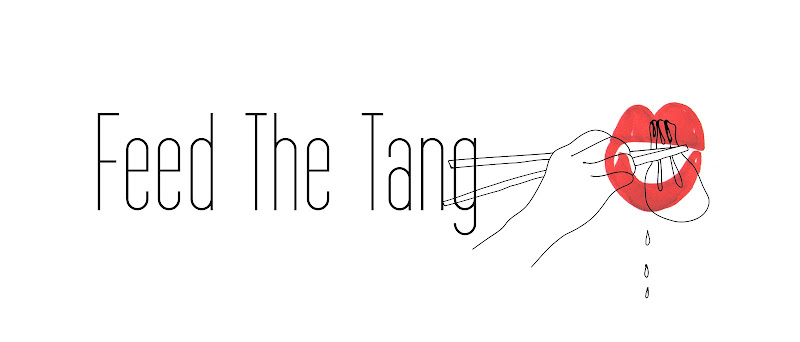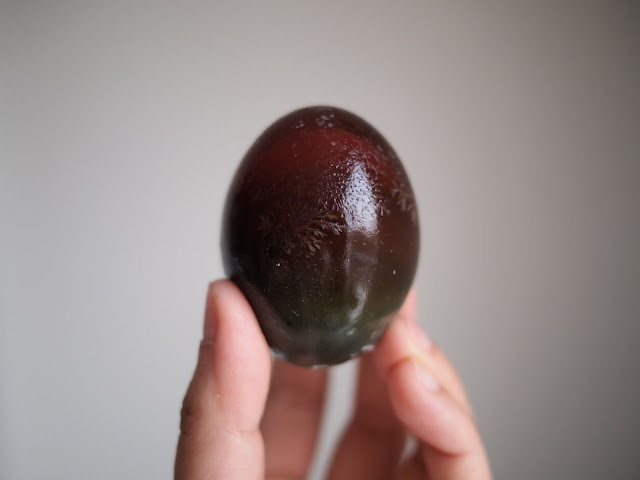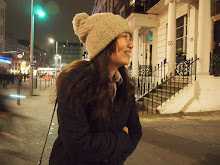A.Wong, Victoria
I can be quite opinionated when it comes to eating Chinese food outside of China. For many years I refused to eat in any high end Chinese restaurants in London, solely because I knew I would be able to stuff my face with cheap and authentic food the next time I went back to Hong Kong. I know it is a very stupid stance, and I am working on it. I have improved over the years, and although I still have a mental barrier against places like HKK and Bo London, I have finally found a middle ground for this ridiculous dilemma – ‘fancy’ dim sum.
I used to have dim sum every Sunday when I was growing up. We would order a table full of dim sum – steamed, fried, boiled, baked, until there was literally no more space on the lazy Susan and we had to start stacking the bamboo steamers on top of each other, like this. But we would always finish ALL of the food. On occasions like this in London, where the main purpose of the meal is to catch up with family and friends, and the price should be reasonable enough for us to order whatever we want, I would go to Crispy Duck in China Town or Dragon Castle in Elephant and Castle. Both cost around £15 per head including Chinese tea and service.
I only discovered ‘fancy’ dim sum - the kind available at higher end Chinese restaurants - in this country a couple of years ago. They tend to be £1 to £3 (per portion) more expensive than my usual dim sum outlets, but the final bill is rather reasonable compared to the full a la carte menu offered at dinner. My favourite dim sum place in London - Princess Garden of Mayfair - is a great example. For around £20 per head, you get a more delicate touch to the food, space between tables, and more attentive service (Mr Noodles has blogged about it here).
An interesting find recently was A.Wong in Victoria. They do regional Chinese dishes in their a la carte menu, and they also have a short dim sum menu available at lunchtime. Here, unlike the traditional format of three or four pieces of dim sum per portion, you order by individual piece. I was sceptical about it at first, but I found that the size of each dumpling is noticeably bigger than most restaurants, so that somewhat justified the price (from £1.30 each). And traditions aside, this approach works brilliantly with solo or small group of diners who want to try different items on the menu.
We ordered almost one of everything on the dim sum menu, and a few starter dishes from the a la carte. I cannot praise the steamed dumplings highly enough – fresh prawns mixed with pork fat were generously stuffed into the siu mai and topped with a piece of pork crackling. The translucent har gau was lightly covered with subtle citrus foam which was just enough to make my tongue tingle. And the xiao long bao with truffle and Yunnan mushroom was cleverly topped with black vinegar soaked tapioca.
The real triumph was the beancurd cheung fun, filled with crab meat with a layer of crispy bean curd sheet between the filling and the rice skin. The texture was excellent and was further enhanced by the clam and crunchy deep fried garlic toppings. That was a steal for £3.50. The crispy baked char siu bao was a replica of the Michelin starred version found at Tim Ho Wan in Hong Kong. Both are filled with a hearty portion of roast pork, but I prefer A.Wong’s version as it was less sweet.
Not all dishes worked quite so well, though. I found the combination of deep fried quail egg and spring onion and ginger dip unusual. It was not unpleasant, but the ingredients did not seem to complement each other either. The 63 degree egg was perfectly gooey in the middle, however the supposed tea smoked flavour did not come through.
The bill came to £30 each on our first visit including tea, service and way too much food. We were more sensible (15 dim sum items and a plate of fried beef noodles between two) on our second visit, which brought the price down to £22. With the friendly front of house and quality of the ingredients, I thought that was very reasonable.
A.Wong is no traditional Chinese restaurant, but I would not classify it as fusion Chinese either. Although certain modern western cooking techniques were used, it is more like a development of Chinese cuisine itself, and I think it is quite a fascinating one.

















